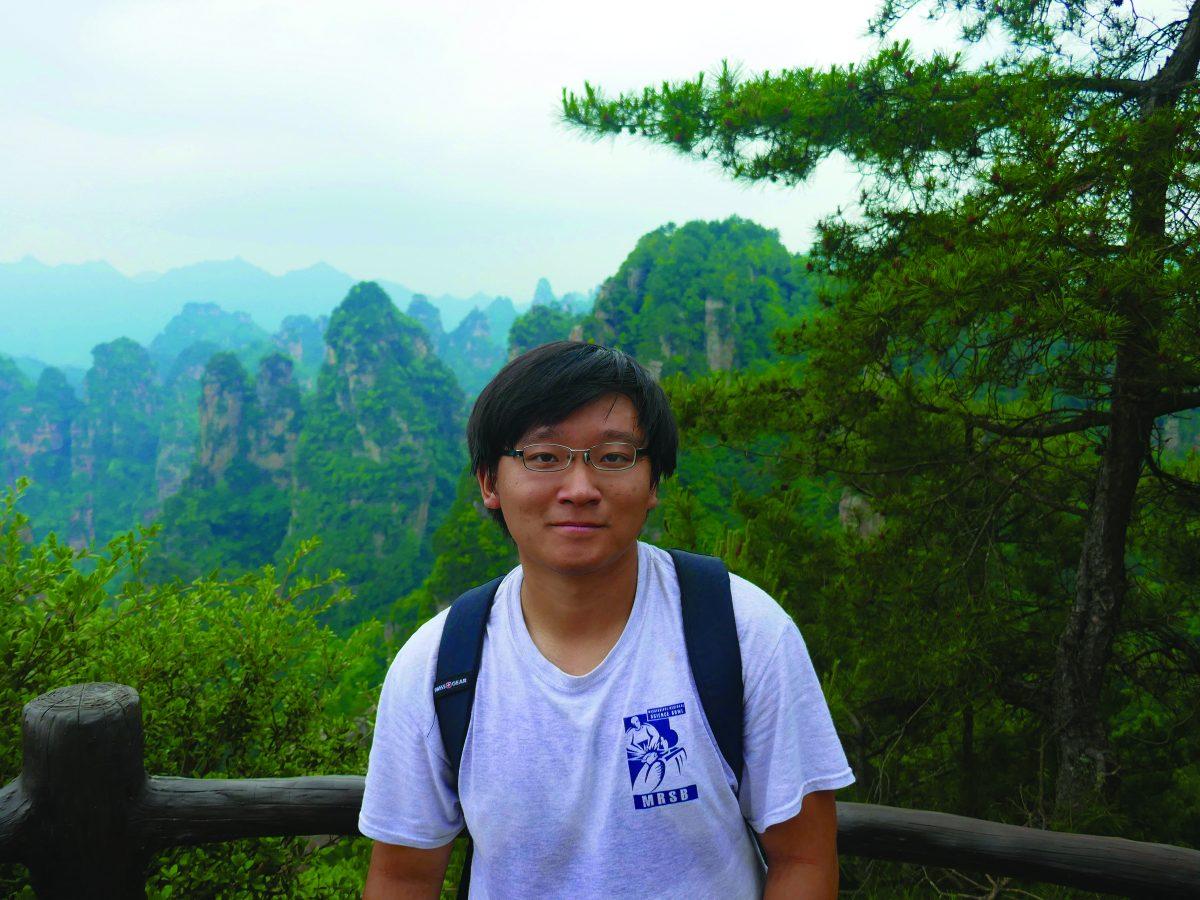A more than 40 percent increase in ridership reflects Missisisppi State University’s evolution toward a campus ruled by shuttles, a development that could make driving automobiles on campus obsolete.
“Everyone moving with their vehicle is the worst way to travel on campus,” Bill Kibler, vice president for student affairs, said. “A good shuttle system is essential to our evolution as a campus.”
The shuttle system is MSU’s future, Paul Welch, director of support services, said. The system follows a national trend to bring people from the outskirts of campus into the middle, he said.
Considering the steady increase in shuttle ridership and the goal to become a more progressive university, traveling at MSU will probably change more in a few years, Welch said.
“I could see an MSU student living in a nearby apartment being able to attend here without driving,” he said.
Transportation director Mike Harris said shuttle ridership has increased since last year. Before fall 2005, about 3,500 people would ride the shuttles each day. Now, about 5,000 people ride the shuttles each day.
“Ninety-five percent of the increase has to be attributed to the zones,” he said.
With streets closing and the new parking zones, Harris said a person could no longer jump in his car to travel across campus.
Generally, students have been thankful for the system and its drivers. Sometimes they give the drivers cakes and snacks for the service, Harris said.
“I can honestly say our students are very appreciative of this system,” he said.
However, complaints have been voiced. Some students still dislike the amount of construction on campus, but the majority of complaints focuses on the lack of a route near Engineering Row, Harris said.
Welch said the original route by Engineering Row lost passengers over time. Meanwhile, problems at the Wise Center called for a new route.
“We had to create a route for the vet school, and we had to do it with our limited shuttles,” Harris said.
Specifically, the Wise Center created problems when it started to offer more academic courses. Students had trouble with tardiness because of the distance between the vet school and campus, Welch said. The Green Route, which carries about 150 passengers each day, was created to help with this problem.
“It’s as good as we can make it work with the construction on campus,” Welch said.
Harris believes the shuttle system is moving from a university system to a campus-city transit.
“Our next step is to provide transportation to Starkville,” he said.
Four new buses for the shuttle system have been ordered, Welch said. The city and MSU will pay for two buses each. If plans follow through, a route will run downtown starting in the fall. The route will run by the hospital, grocery stores, some apartment complexes and Wal-Mart.
MSU alumnus Patrick Ray likes the idea of the system becoming a campus-city transit.
“It would give students without cars more access to town,” Ray said. “It could also help the traffic problem that often occurs when numerous students fill the streets.”
The increased reliance on the shuttle system has already decreased traffic on campus, Harris said.
“About 70 percent of congestion has went down,” he said.
Freshman interior design major Laura Nichols, a Sessums Hall resident, said she’s not bitter about the lack of a shuttle route near Engineering Row, but she believes the area desperately needs a route.
“I think it would be really helpful,” she said. “I have to go all the way to the architecture building or The Union to ride the shuttle. It’s really inconvenient.”
Nichols said the shuttle system is great for MSU, yet it’s only good for those who can use it.
Shuttle driver Gerald Adkins said he hasn’t received any complaints from students in his four years of driving.
“Ninety-five percent of students thank me when they get off the bus,” he said.
Adkins said the routes are consistent because when two buses are fully loaded during busy times, a third one comes by to pick up the last riders.
“Three buses are always running when people need them,” Adkins said.
Zoning has also played a big part in the increase of riders, but Adkins said another factor contributed to the increase.
“Many students would rather ride the bus than buy gasoline,” he said.
All of the shuttle drivers try to help the students in any way they can, and they only take breaks when classes are in session, Adkins said.
Beth Maranto, a junior majoring in Spanish and psychology, said she rides the shuttles almost every day. The system eliminates a lot of walking she would have to do from Sorority Row, she said.
Moreover, Maranto is satisfied with the consistency of the routes, even though the timing is not perfect, she said.
“Sometimes early in the morning or late in the afternoon, it takes longer,” she said.
Undeclared sophomore Trevaz Monroe said the shuttle system is a big help, with consistent timing and stops.
“It would be a headache without the system,” Monroe said.
However, Monroe believes the system needs more routes, especially for students who live in certain residence halls.
“They messed up when they cut some of the routes,” Monroe said.
Although an expanded shuttle system would be helpful to students, Ray said he may not have time to park in a designated area and catch a shuttle as a visitor on campus.
“I still believe some open parking is feasible for visitors,” he said.
A route by Engineering Row is planned to come back in fall 2006. The return of the route depends on the linking of Bully Road and President’s Circle, combined with a path through the new McComas parking lot. These developments will give the shuttles efficient access to Hardy Road, Harris said.
Welch said the old philosophy and religion building on President’s Circle should be demolished during March. After the house is destroyed, Bully Road will extend onto President’s Circle where the house was located.























































































